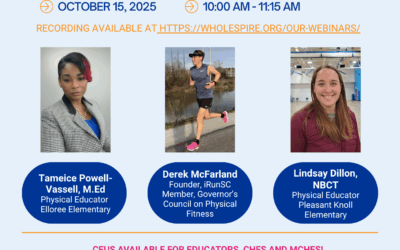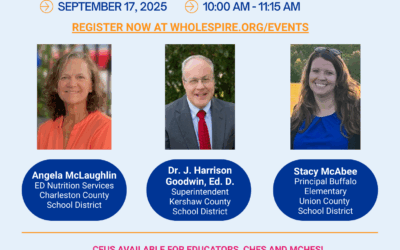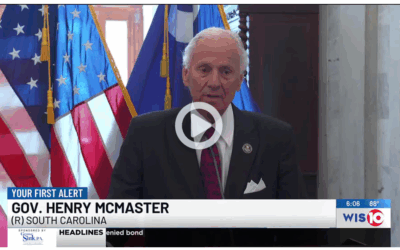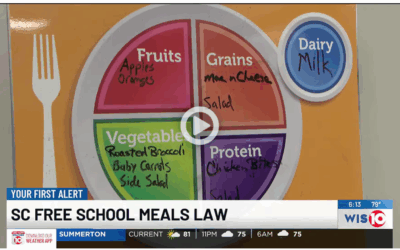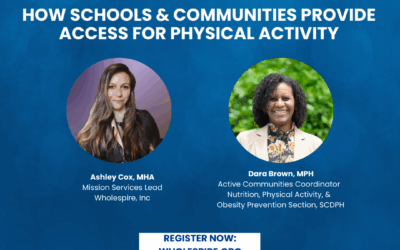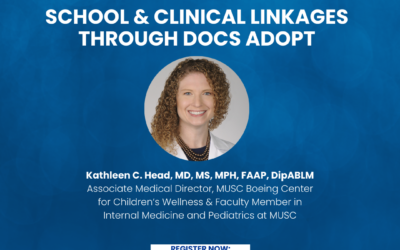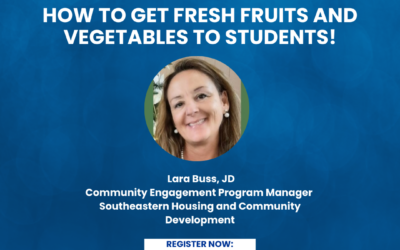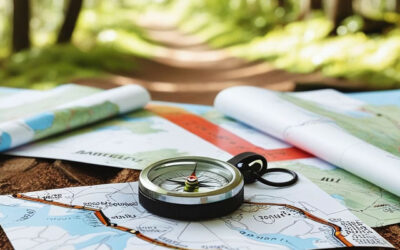Open/Joint Use
Real Talk with Administrators: Creating Connections that Support Student Health
Connecting Communities and Schools Webinar
McMaster issues executive order aiming to ban candy, soft drinks from SNAP in SC
WIS TV Columbia
New law will help SC students access free school meals
WIS TV Columbia
How Schools & Communities Provide Access for Physical Activity
https://youtu.be/lyWFshMVdjw?si=2IWBwzIkfWCD9Ve0
School & Clinical Linkages Through Docs Adopt
https://youtu.be/THeM6yiBFus
How to Get Fresh Fruits and Vegetables to Students
https://youtu.be/mIO8OZ2xEgg
Advancing Impact: Implementing Our New Four-Year Strategic Plan
A strategic plan is more than a roadmap—it is a living document that guides an organization’s direction, priorities, and decision-making. It reflects evolving challenges, opportunities, and community needs. As we launch our new four-year strategic plan, we embrace...
Healthy Palmetto Unveils Statewide Action Plan for Healthy Eating and Active Living
The newly launched Action Plan focuses on six strategic priorities developed through extensive collaboration among experts and community stakeholders.

